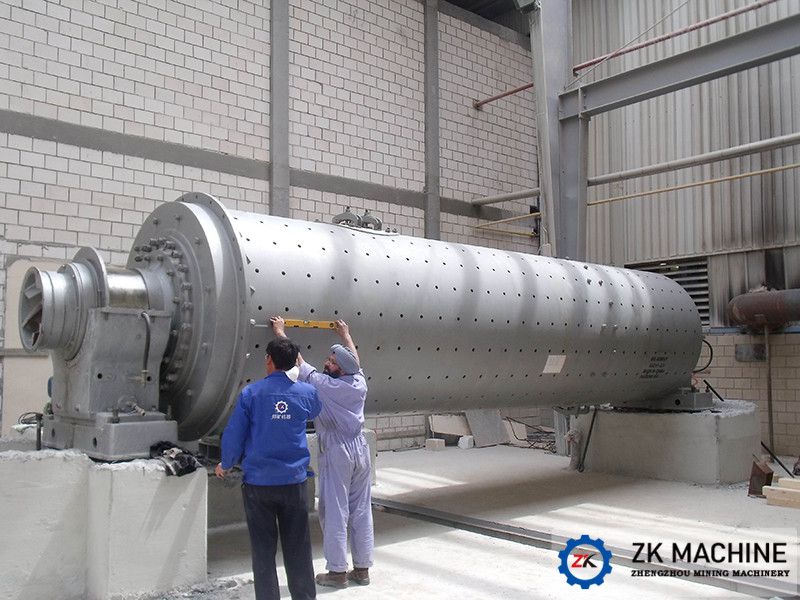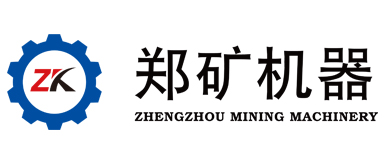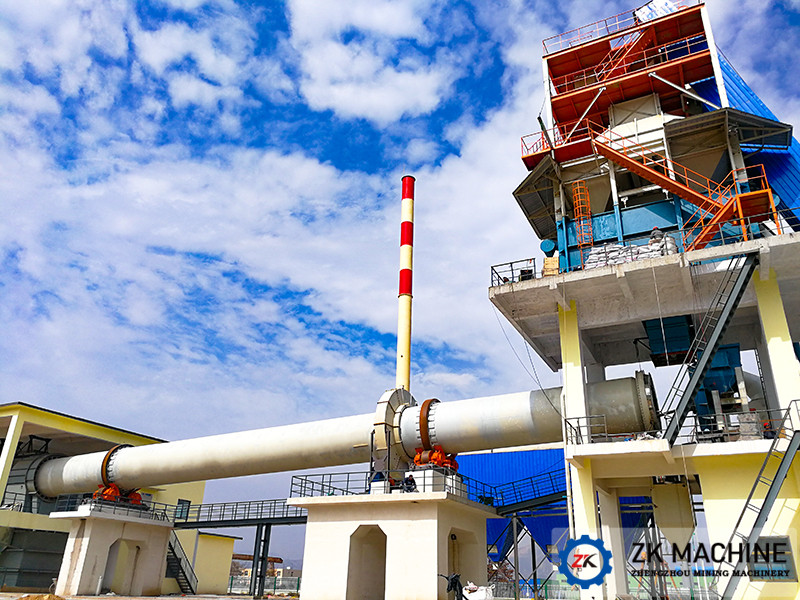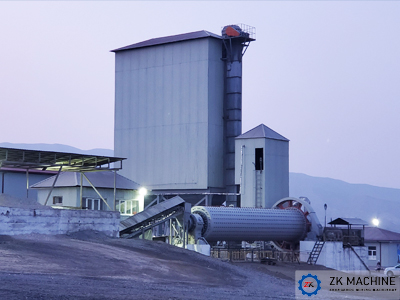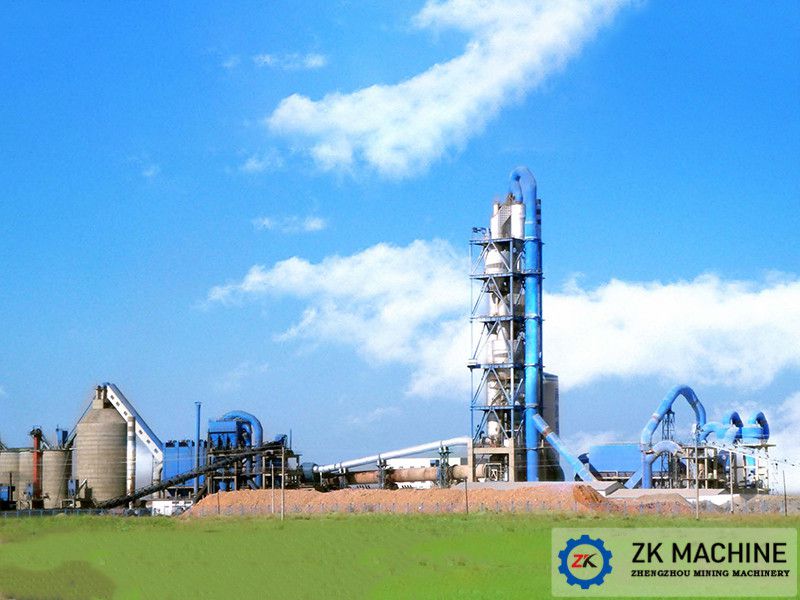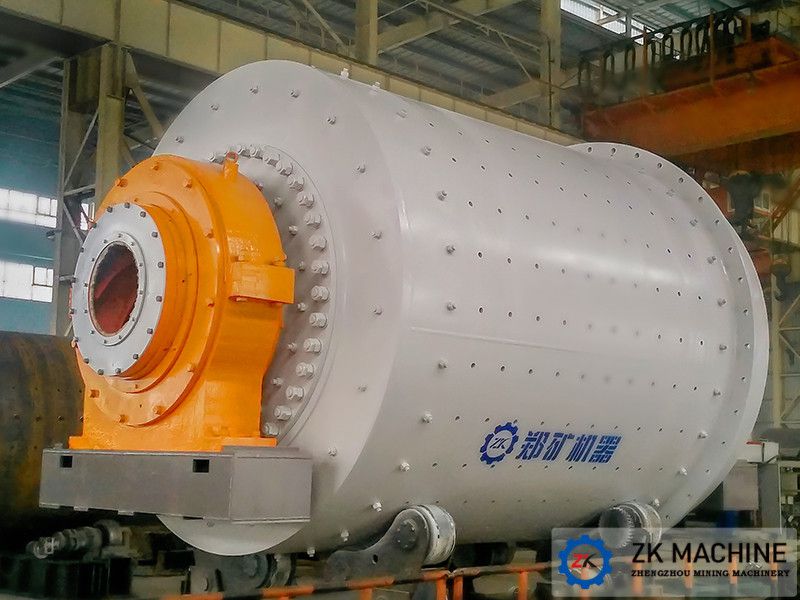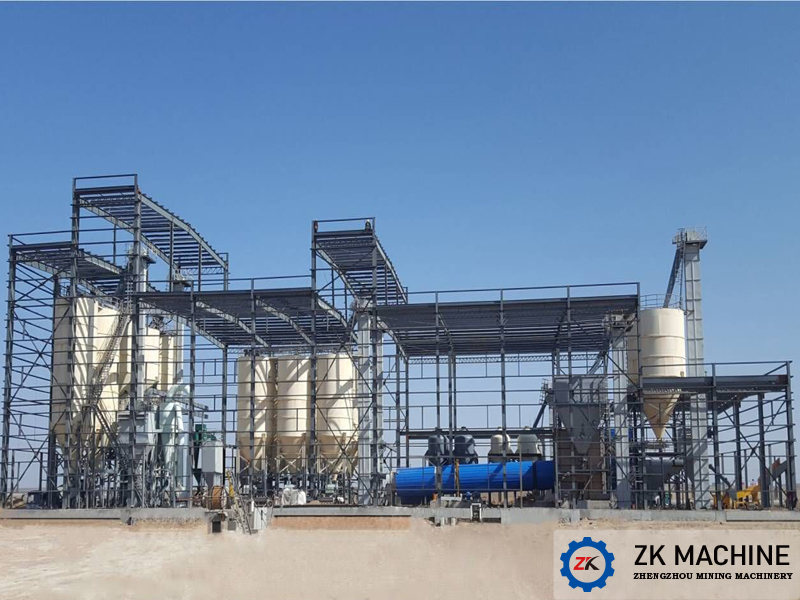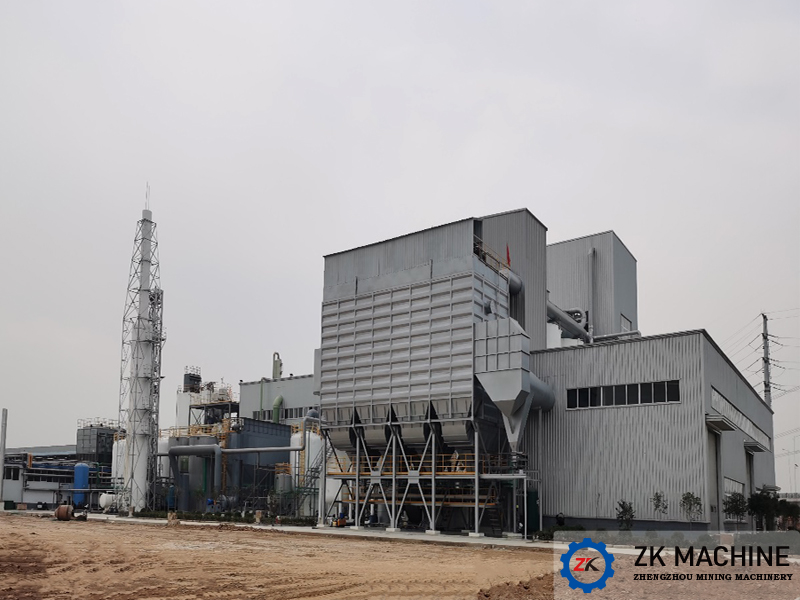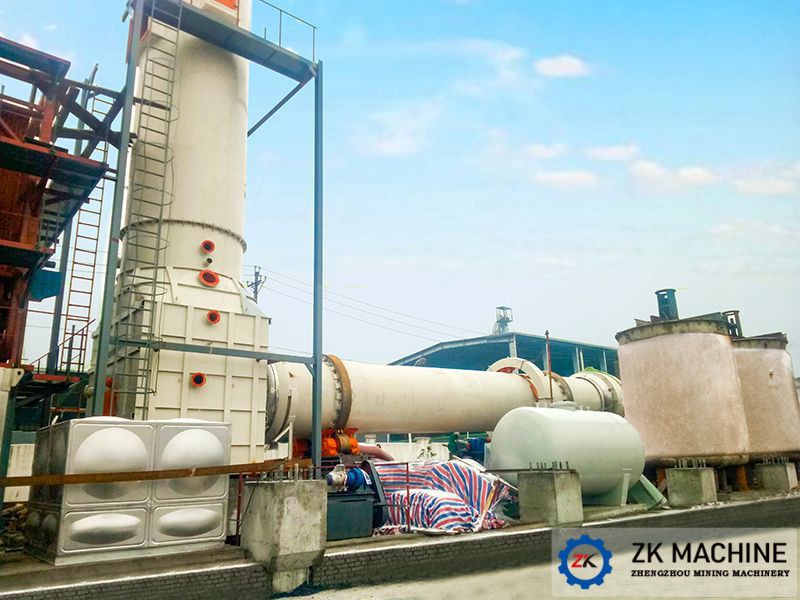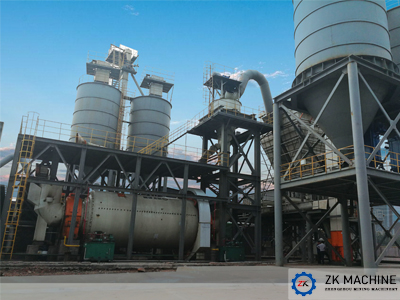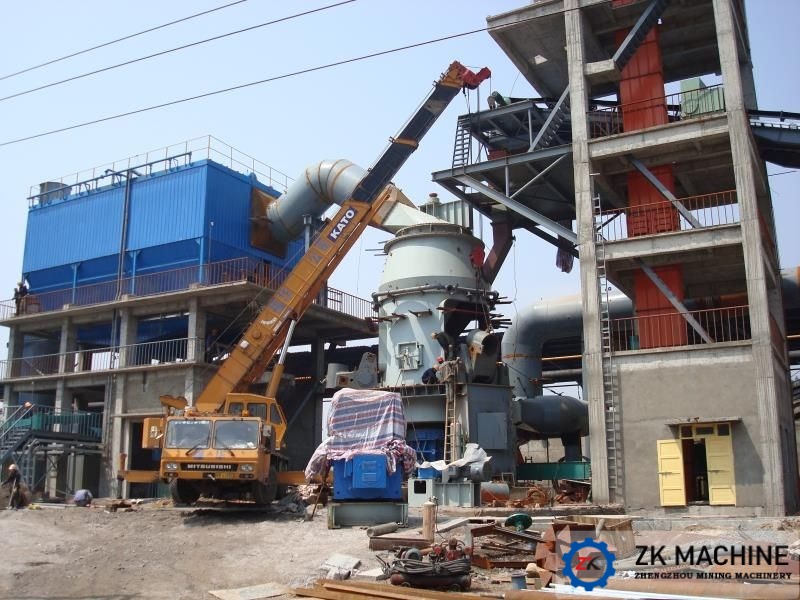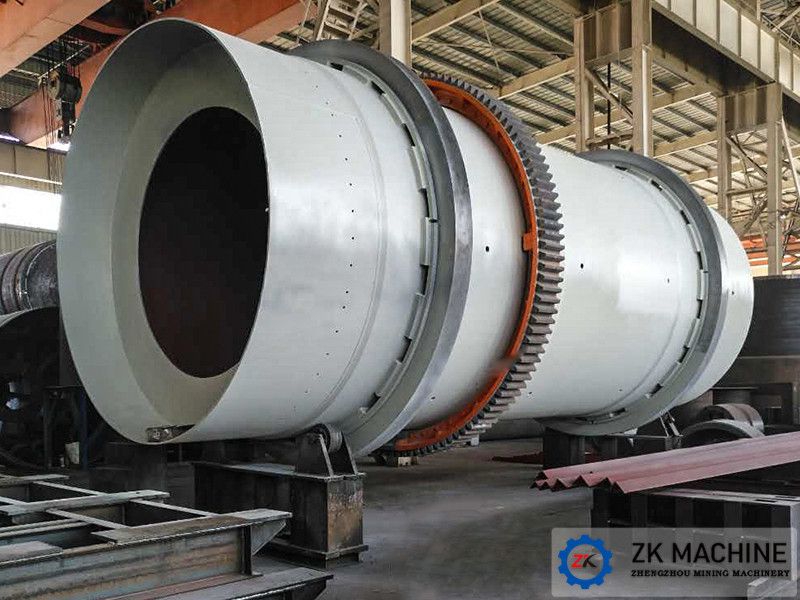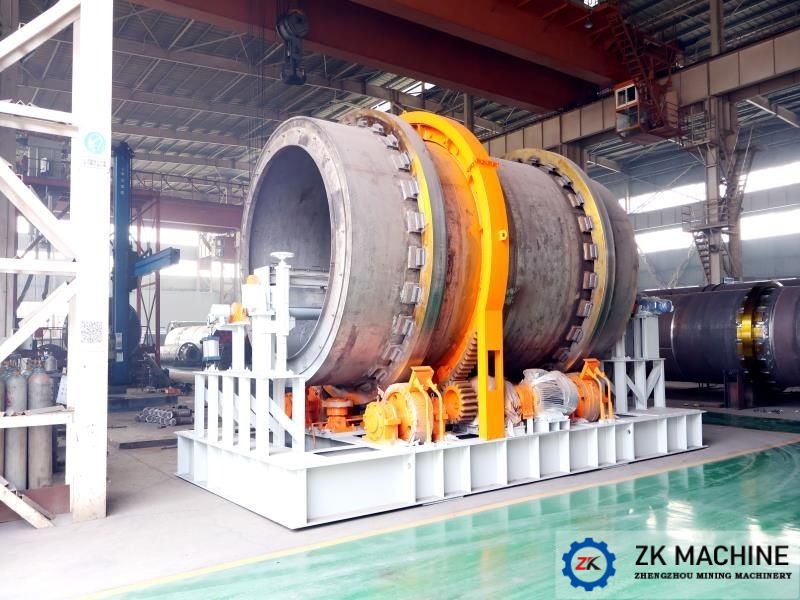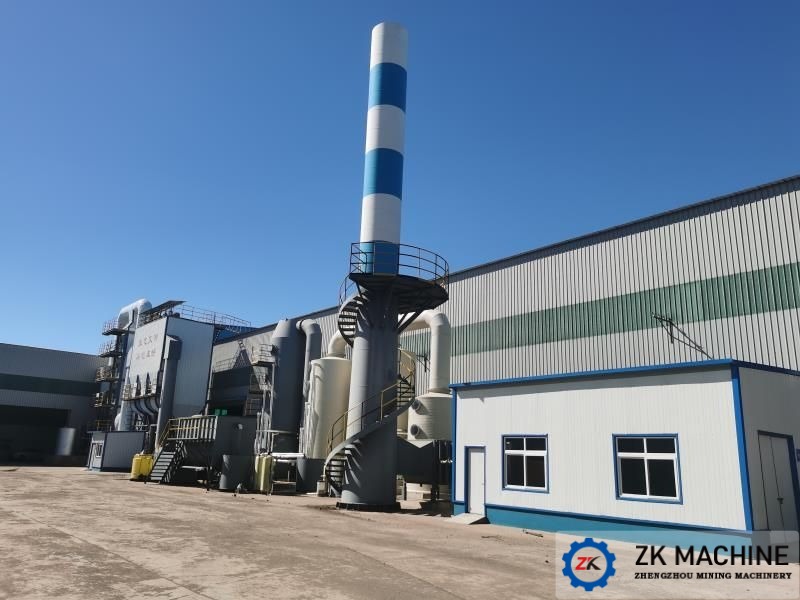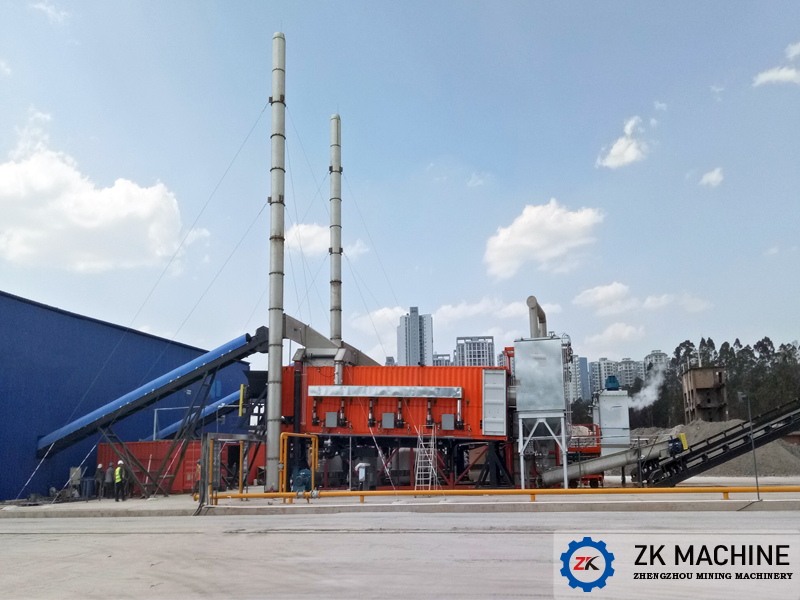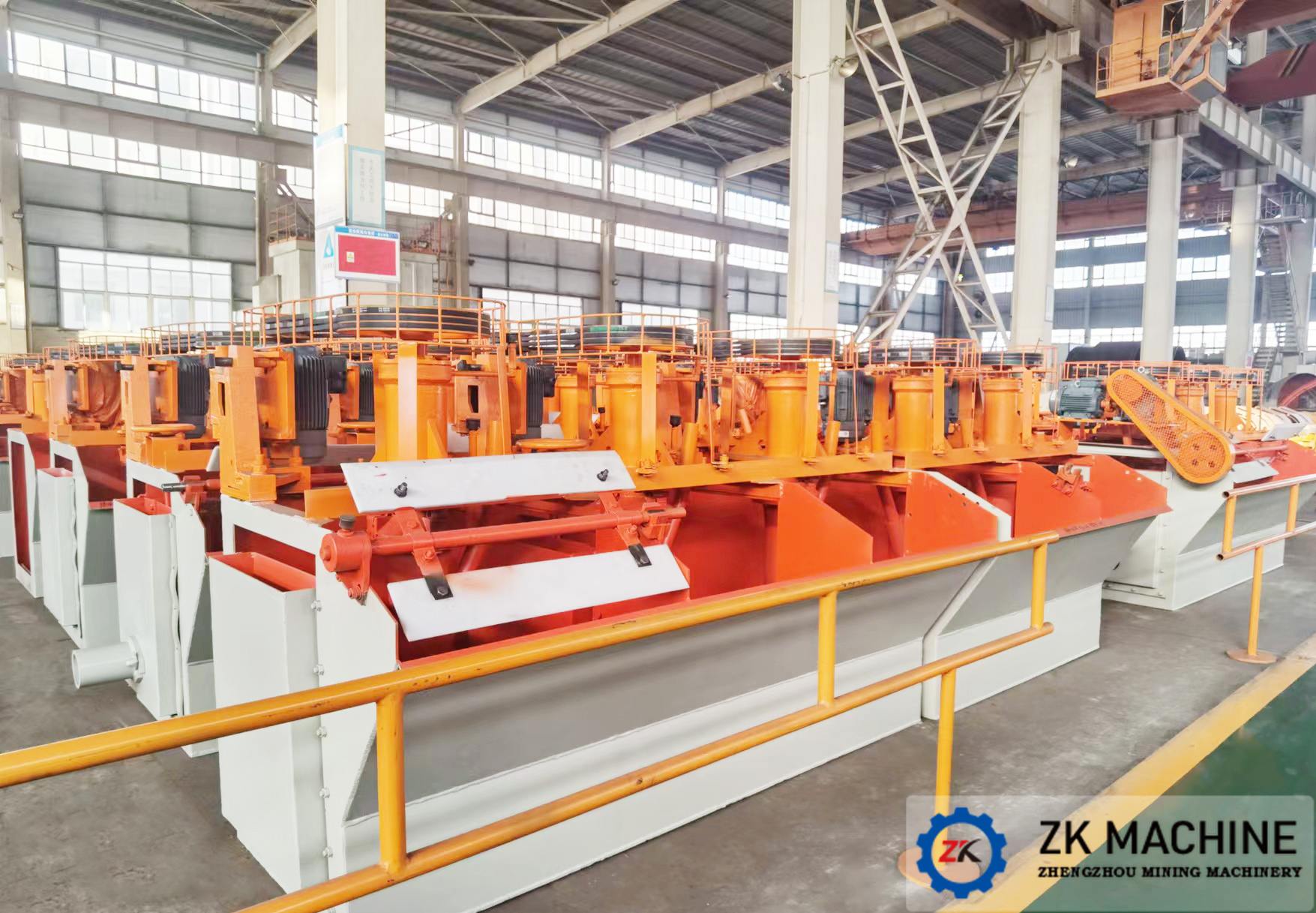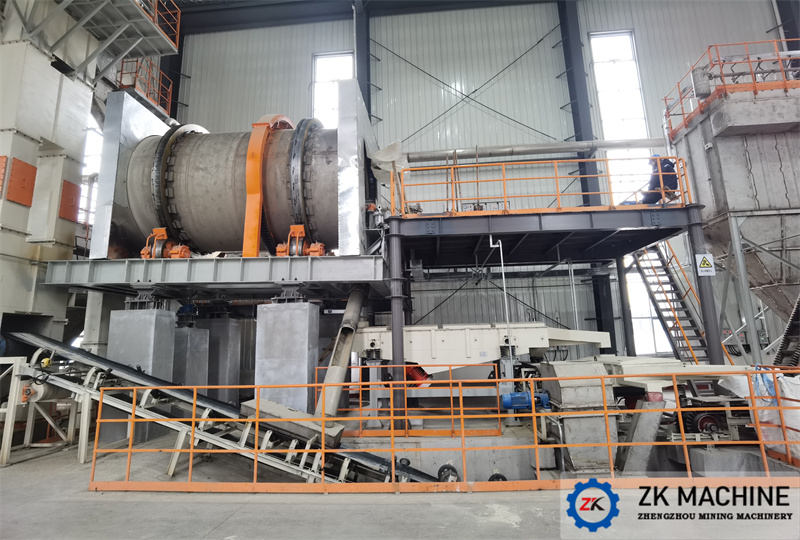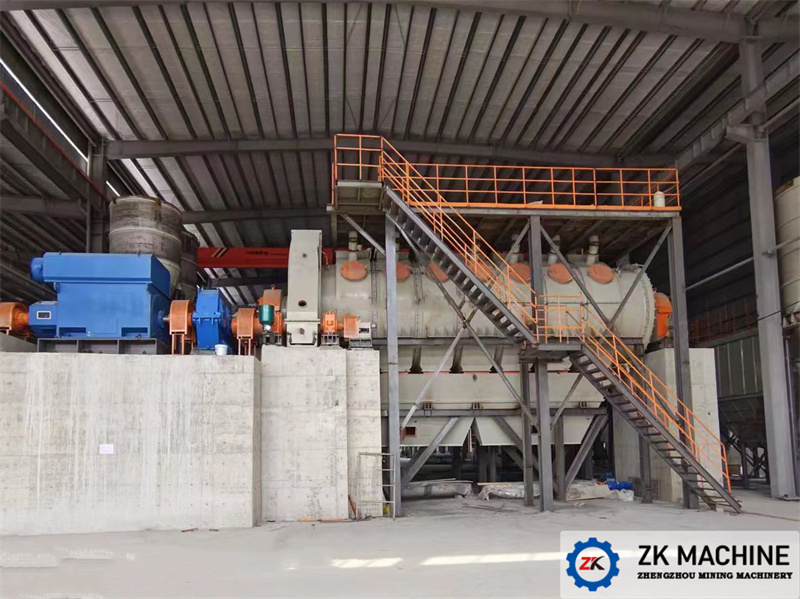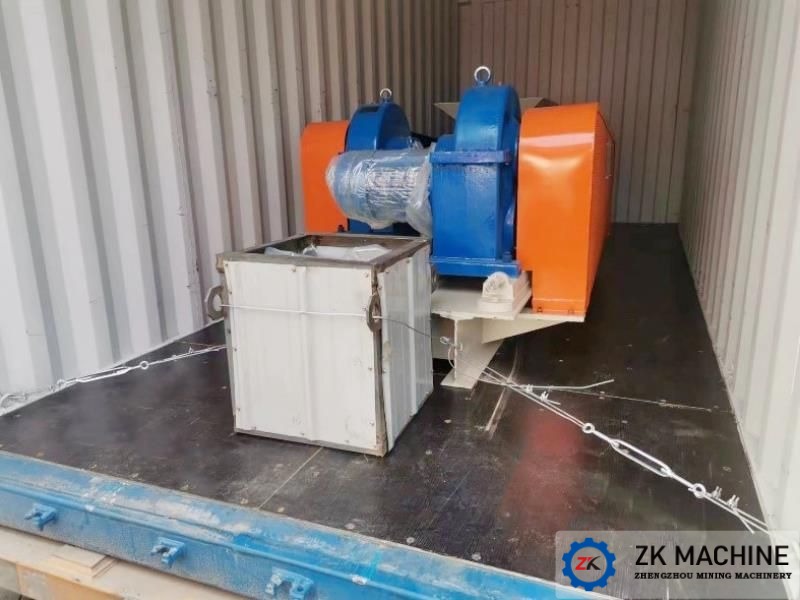Comparison of Performance and Use of Grid Type Ball Mill & Overflow Type Ball Mill
Ball mills are divided into grid-type ball mills and overflow-type ball mills according to different ore discharge methods. They are currently the most commonly used grinding machines in the mineral processing industry.
The ground product of the overflow ball mill overflows freely through the ore discharge hollow journal. Therefore, the level of slurry in the cylinder must be higher than the level of the lowest busbar of the ore discharge journal. The discharge is not as smooth as the grid ball mill, which sometimes causes the ore particles that have reached the grinding fineness to be unable to be discharged in time and continue to be impacted and ground by the steel balls, resulting in low productivity of the grinding machine and "over-grinding" of the product. However, the overflow ball mill has a simple structure, easy operation and maintenance, and the product is relatively fine. It is often used for fine grinding, that is, when the grinding fineness is less than 0.2mm or the second stage of two continuous grinding stages.
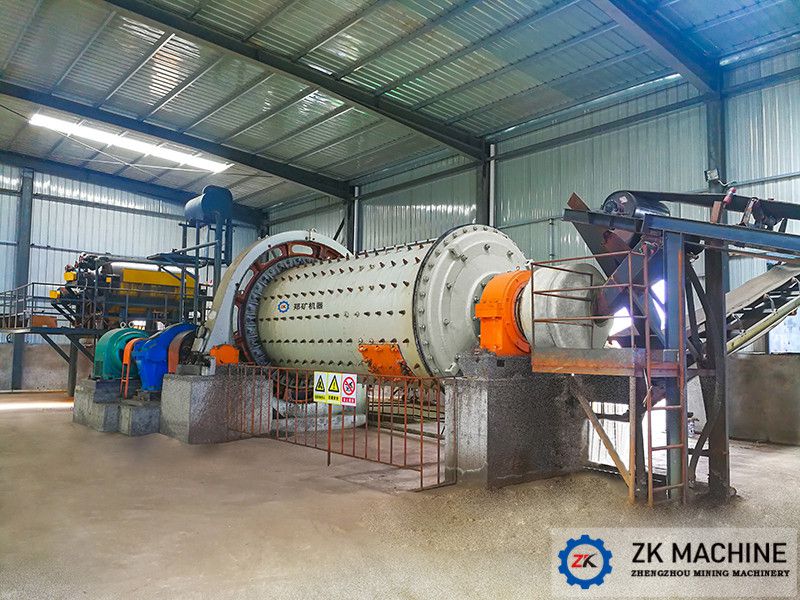
The grid ball mill is similar to the overflow ball mill except that the ore discharge end is equipped with a grating plate. The ground products of the grid type ball mill are discharged from the ore discharge grid plate, which has a forced discharge effect and a fast discharge speed. The slurry surface level at the discharge end is lower than the lowest bus level of the discharge journal, so it is called low-level discharge. There is a height difference in the slurry surface from the feed end to the discharge end in the mill, and the speed of the slurry passing through the mill is accelerated, so that the finely ground ore particles can be discharged in time. Therefore, minerals with higher density will not be concentrated in the mill, and the "over-grinding" is lighter than that of the overflow ball mill, and the grinding speed is accelerated. At the same time, since the slurry stored in the grid-type ball mill is less and blocked by the grid plate, more balls can be loaded to facilitate the loading of small balls. When the steel ball falls, the resistance of the slurry weakens the impact effect slightly. These reasons make its productivity and efficiency about 10% to 25% higher than that of the overflow ball mill. The product particle size is coarse and it is not easy to cause over-crushing. However, the grid type ball mill has a complex structure, large mass, and large power consumption. Due to its high productivity, the specific productivity based on unit power consumption is still higher than that of the overflow type. Grid-type ball mills are widely used in mineral processing plants for coarse grinding or the first stage of two-stage continuous grinding.
